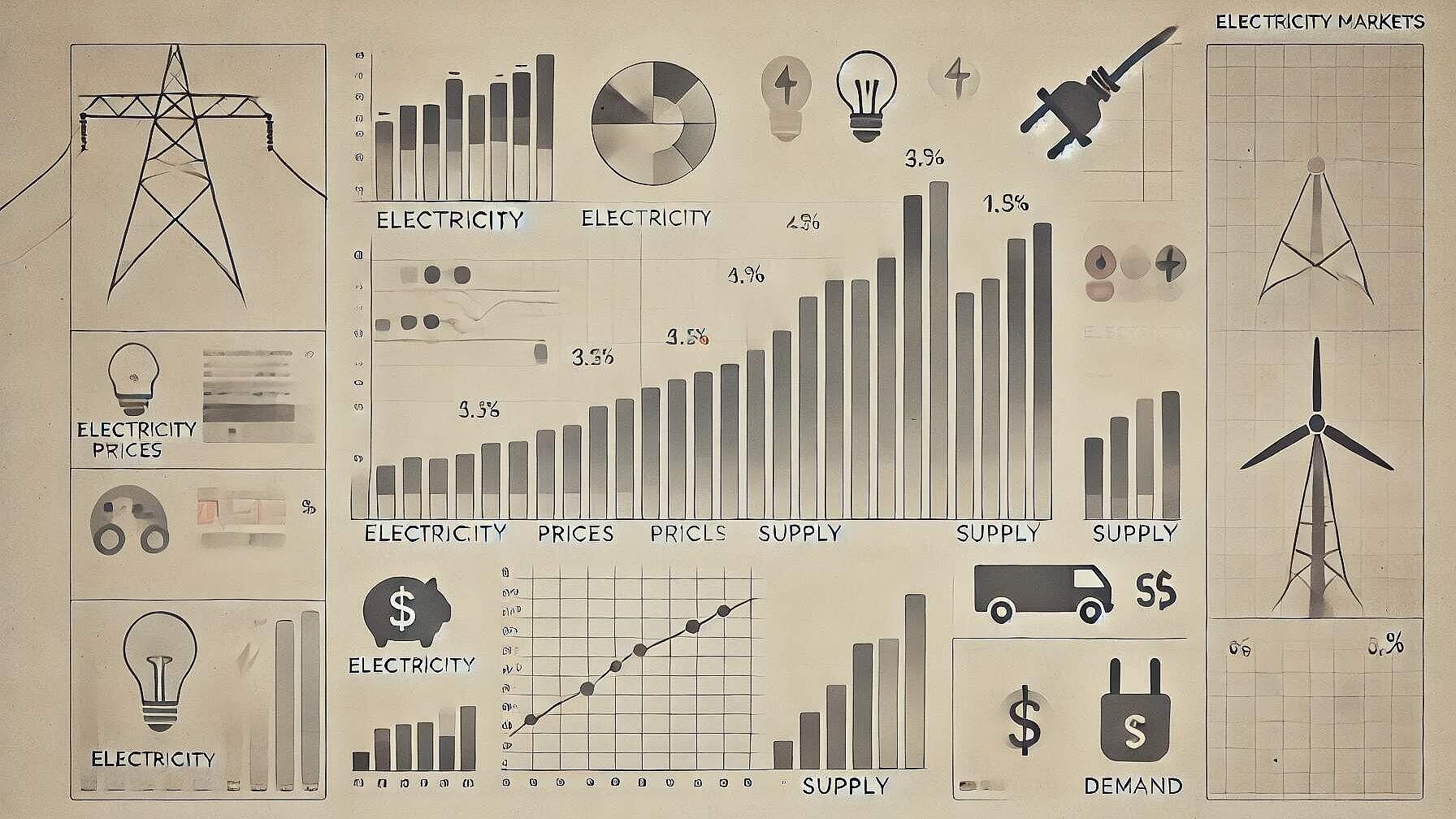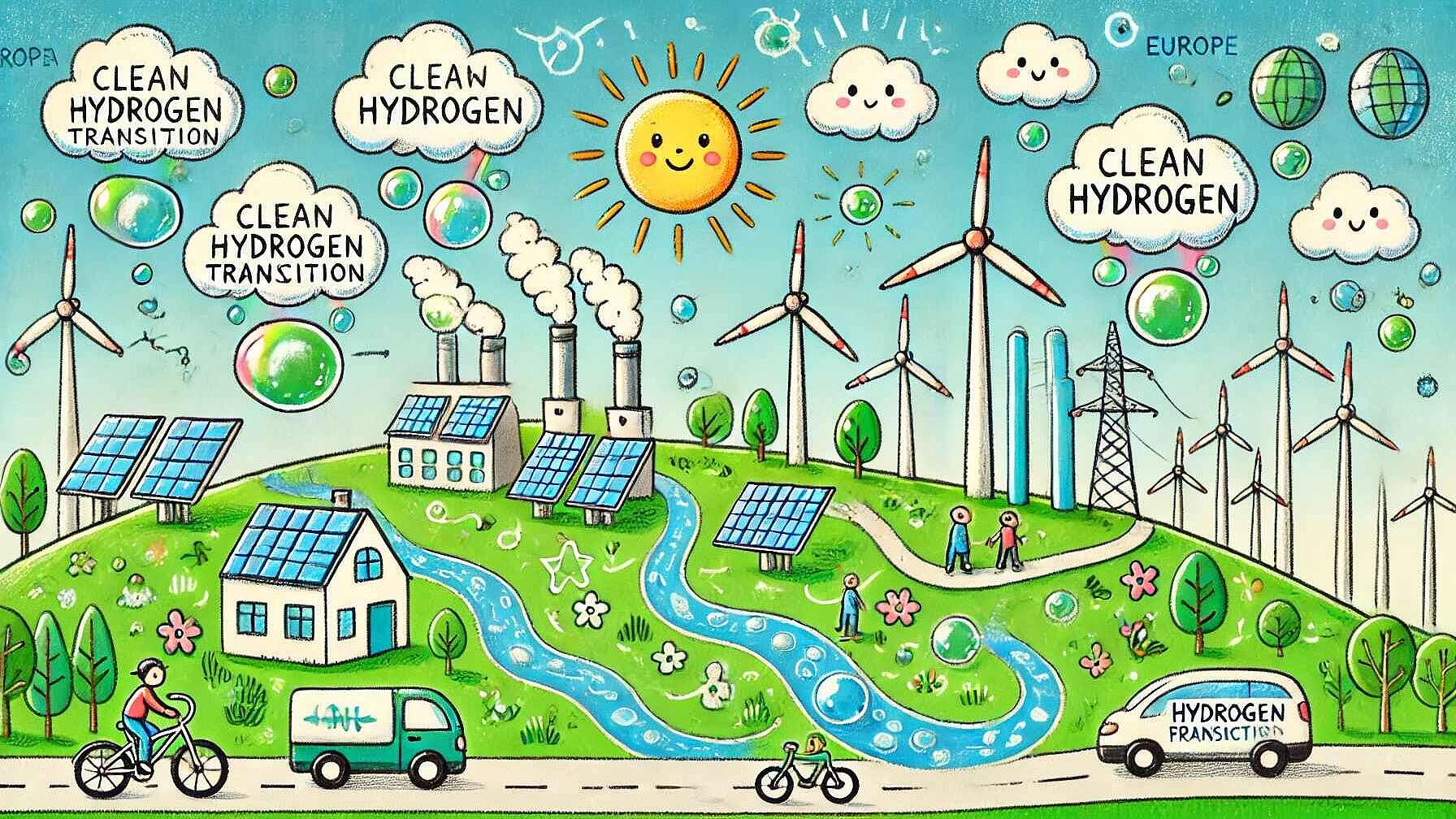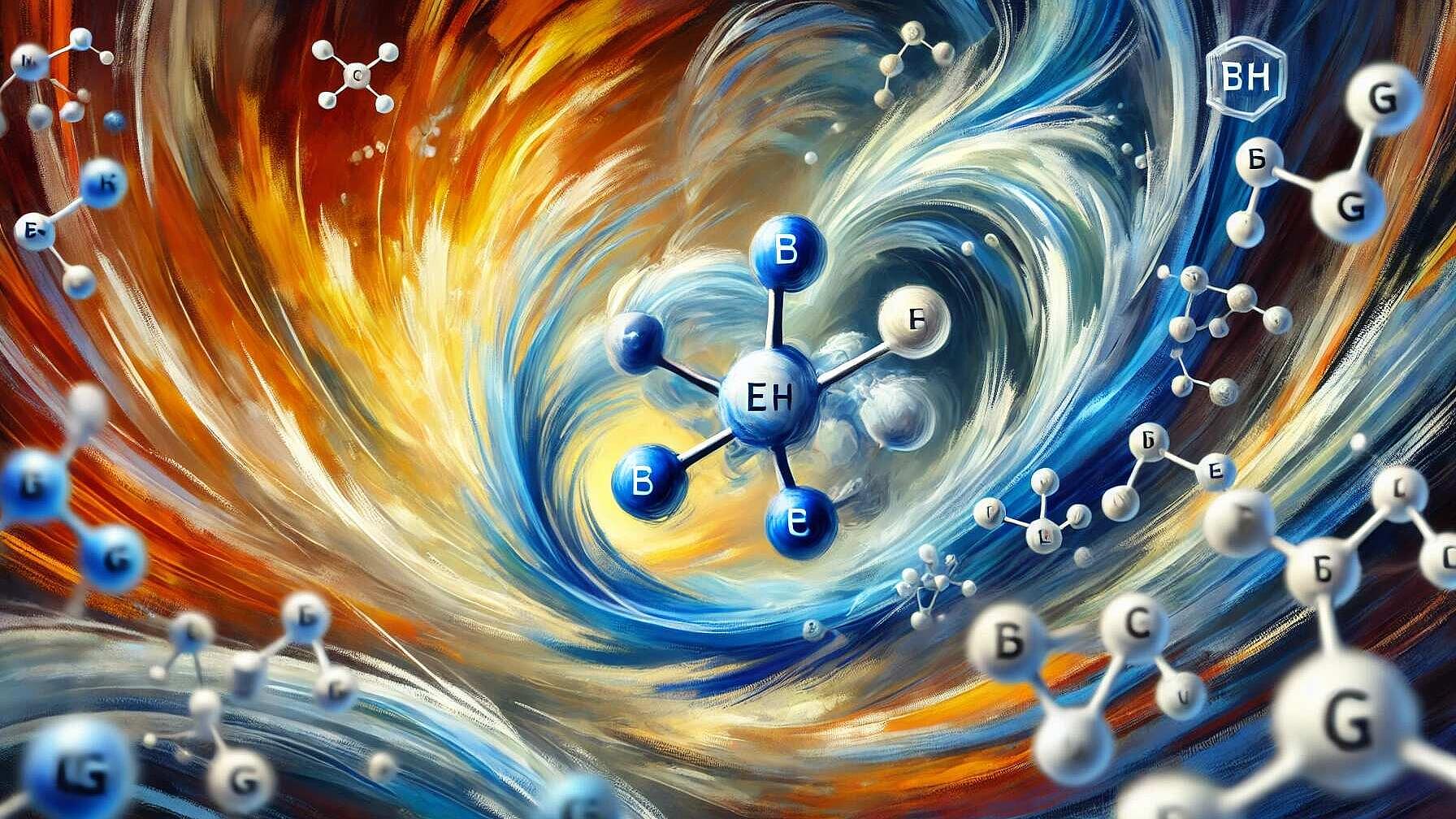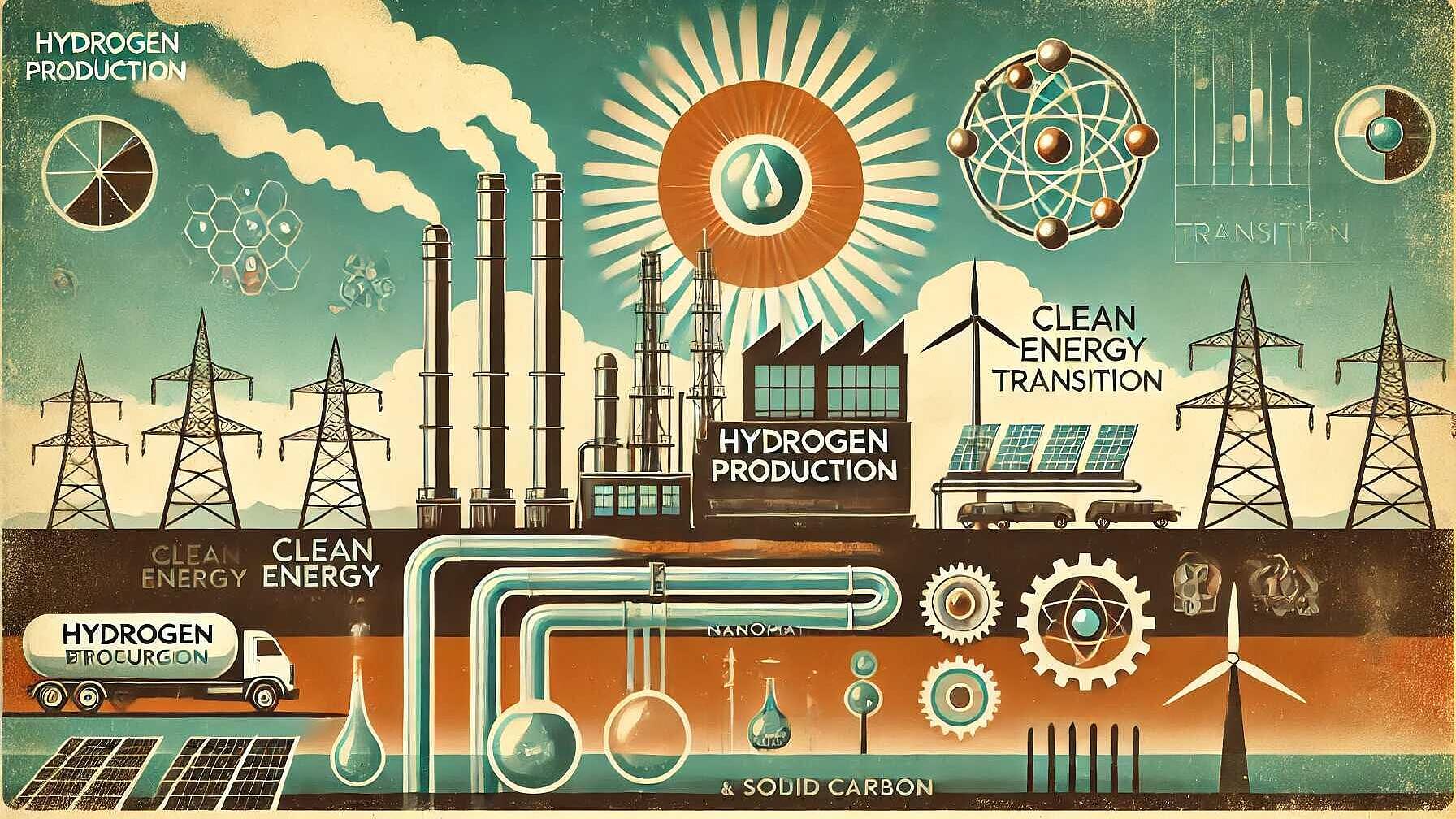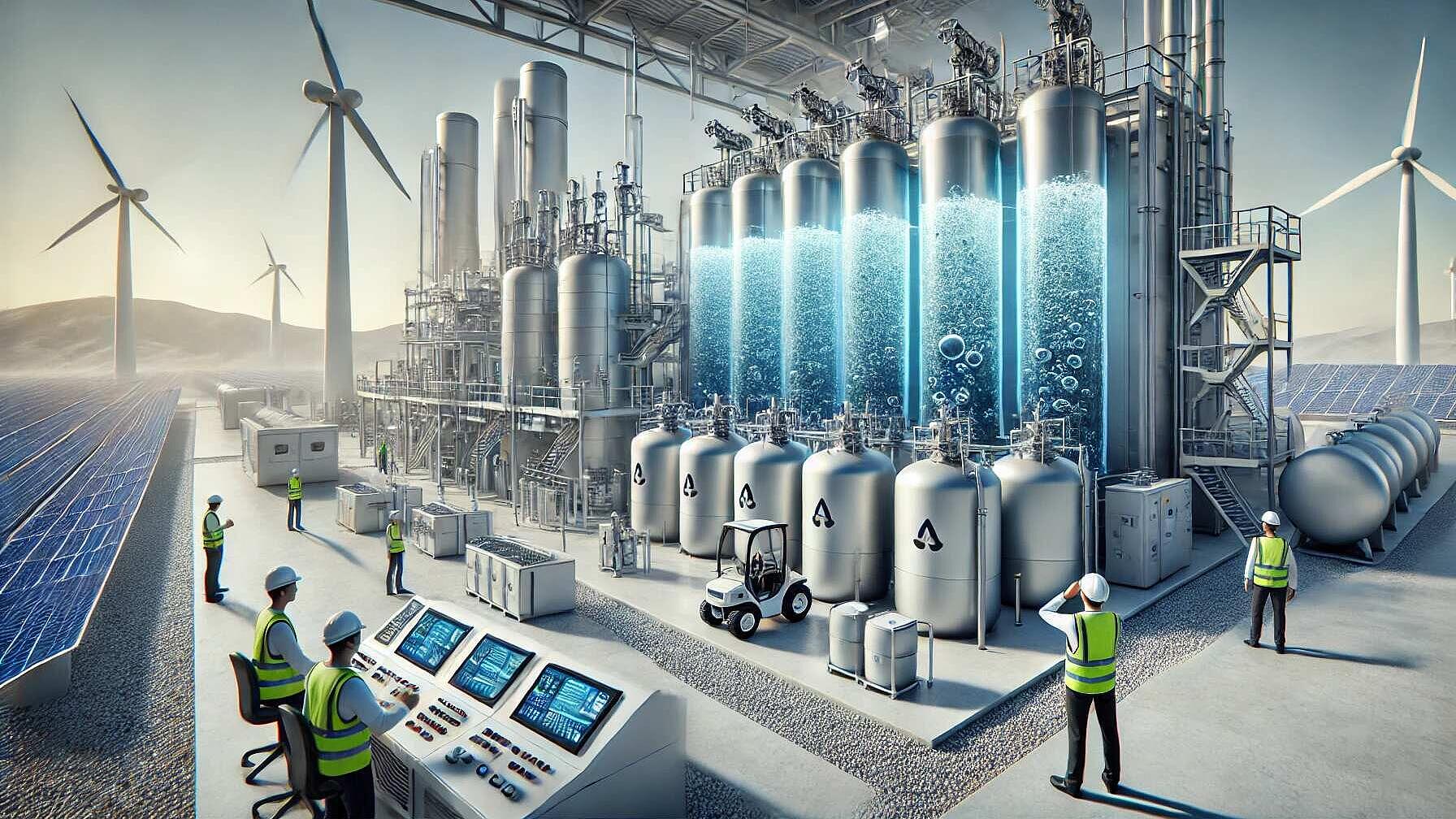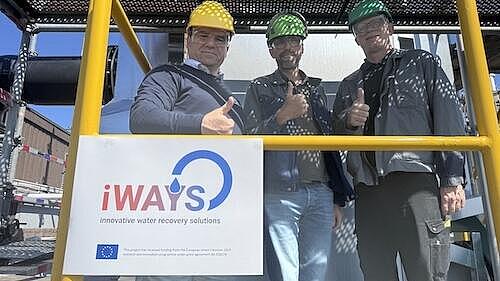 Articles
ArticlesAccelerating the Clean Energy Transition: An Updated Roadmap to Net Zero Emissions
The IEA's 2023 update to the Net Zero Roadmap reassesses the global energy landscape and confirms that although energy-related CO2 emissions hit a new high in 2022, the increase in clean energy deployment and innovation signals progress towards a greener future. The report sets an ambitious goal of a 35% reduction in CO2 emissions by 2030 from 2022 levels, emphasizing the necessity of scaling up established clean technologies like solar PV, wind power, and electric vehicles, which are expected to account for significant emissions reductions. Four main milestones are pinpointed for achievement by 2030: tripling renewable energy capacity, doubling energy efficiency improvements, the electric vehicles market share reaching over 65% for car sales, and slashing methane emissions from fossil fuels by 75%. Current technologies can deliver more than 80% of the needed emissions reduction by 2030, driving fossil fuel demand down by over 25% under the Net Zero Emissions (NZE) Scenario. For industries and sectors that are more difficult to decarbonize, the report underlines the importance of accelerating the development and deployment of emerging technologies like carbon capture and storage, low-emissions hydrogen, and advanced biofuels. International cooperation is deemed essential, including solutions for critical mineral supplies, technology transfer, and raising capital for clean energy investments, especially in developing economies. The updated NZE Scenario also acknowledges the diverse timelines for net-zero achievements across different regions but underscores the crucial and ambitious actions required in this decade. The IEA suggests that the economic impact of the transition would lead to lower relative energy sector costs as a percentage of global GDP by 2050 and that clean energy investments can offset reduced expenditure on fossil fuels. Energy security remains a pertinent concern, with the emphasis on the need to manage new risks arising from the shift to clean energy infrastructures. In summary, the IEA's report offers a comprehensive plan and a clarion call for immediate, global-scale advancements in clean energy to maintain the 1.5°C climate goal within reach, outlining the necessity of a dynamic and collective approach to achieve the transition to a secure and decarbonized energy future.
Read Full articleMethane Catalytic Cracking: A Promising Path to Clean Hydrogen Production
Methane catalytic cracking generates hydrogen and solid carbon without CO2 emissions, utilizing catalysts like nickel in reactors like fluidized beds. Catalyst deactivation and reactor challenges exist, but advancements may make this process a competitive, clean energy solution.
Read Full articlePowering Ahead: The Global Electricity Landscape Through 2026
Global electricity demand is projected to increase, led by China and India, with renewables and nuclear supplying all growth through 2026, indicating a shift towards low-emission sources, reducing CO2 intensity, and highlighting regional disparities in access and consumption trends.
Read Full articleHydrogen Pathways: Leading the Charge Towards a Sustainable Future
Europe aims for Net Zero by 2050 through increased clean hydrogen production, requiring advancements in technologies like water electrolysis and methane reforming with CCS. Innovation in these areas is key to achieving environmental and economic sustainability in the energy sector.
Read Full articleHydrogen on the Horizon: Shaping the Energy Future
Hydrogen is increasingly seen as a key to sustainable energy. Various countries develop national strategies focusing on decarbonizing hard-to-abate sectors and economic growth. Technological innovations aim to produce clean hydrogen efficiently, with international collaboration and private-public partnerships being crucial for the transition to a hydrogen-based economy.
Read Full articleElectrifying the Future: Joule-Heated Catalytic Reactors as a Pathway to Decarbonization and Innovation
The paper reviews electrification of chemical processes for decarbonization, focusing on Joule-heated catalytic reactors for efficient heat generation, highlighting advantages over traditional fossil fuel combustion and applications in methane reforming and CO2 valorization.
Read Full articleCatalytic Hydrogen Production: Pioneering Clean Energy with Methane Cracking
The EU's STORMING project is advancing methane cracking for CO2-free hydrogen production using catalysts and structured reactors powered by renewable electricity. This process also yields valuable carbon nanotubes, promoting sustainable and economically beneficial hydrogen applications and energy transition.
Read Full articleInnovative Pathways in Hydrogen Production: A Catalyst for Change in Clean Energy
Hydrogen production via catalytic methane decomposition (CMD) using Fe-based catalysts offers environmental benefits over traditional steam methane reforming by eliminating direct CO2 emissions. Fe-Al2O3 catalysts improve efficiency, offering pathways to repurpose carbon byproducts into valuable nanomaterials for energy storage and electronics, implying significant contributions to a circular economy and clean energy advancements.
Read Full articleHydrogen's Role in the Future of Clean Energy: Innovations and Opportunities
Global hydrogen demand grew marginally, with most still from traditional sources. Shift to low-emissions hydrogen is crucial, underpinned by technology and investment growth. Challenges persist in financing, regulation, and infrastructure, but opportunities for innovation and development in various sectors remain, with significant implications for the future energy landscape.
Read Full articleInnovative system recovers heat, water and material from industrial waste streams
The innovative Heat Pipe Condensing Economiser (HPCE) has been successfully commissioned at Alufluor AB in Sweden, demonstrating that significant heat, water, and material recovery is possible using current materials and knowledge. This milestone marks a major advancement in energy savings in the chemical process industry, showcasing the potential for substantial gains beyond incremental improvements. The project involved considerable engineering and infrastructure investment, leading to an operational capacity of 650kW from exhaust recovery since August 1st, and is applicable across various industries, particularly in regulated sectors.
Read Full article

